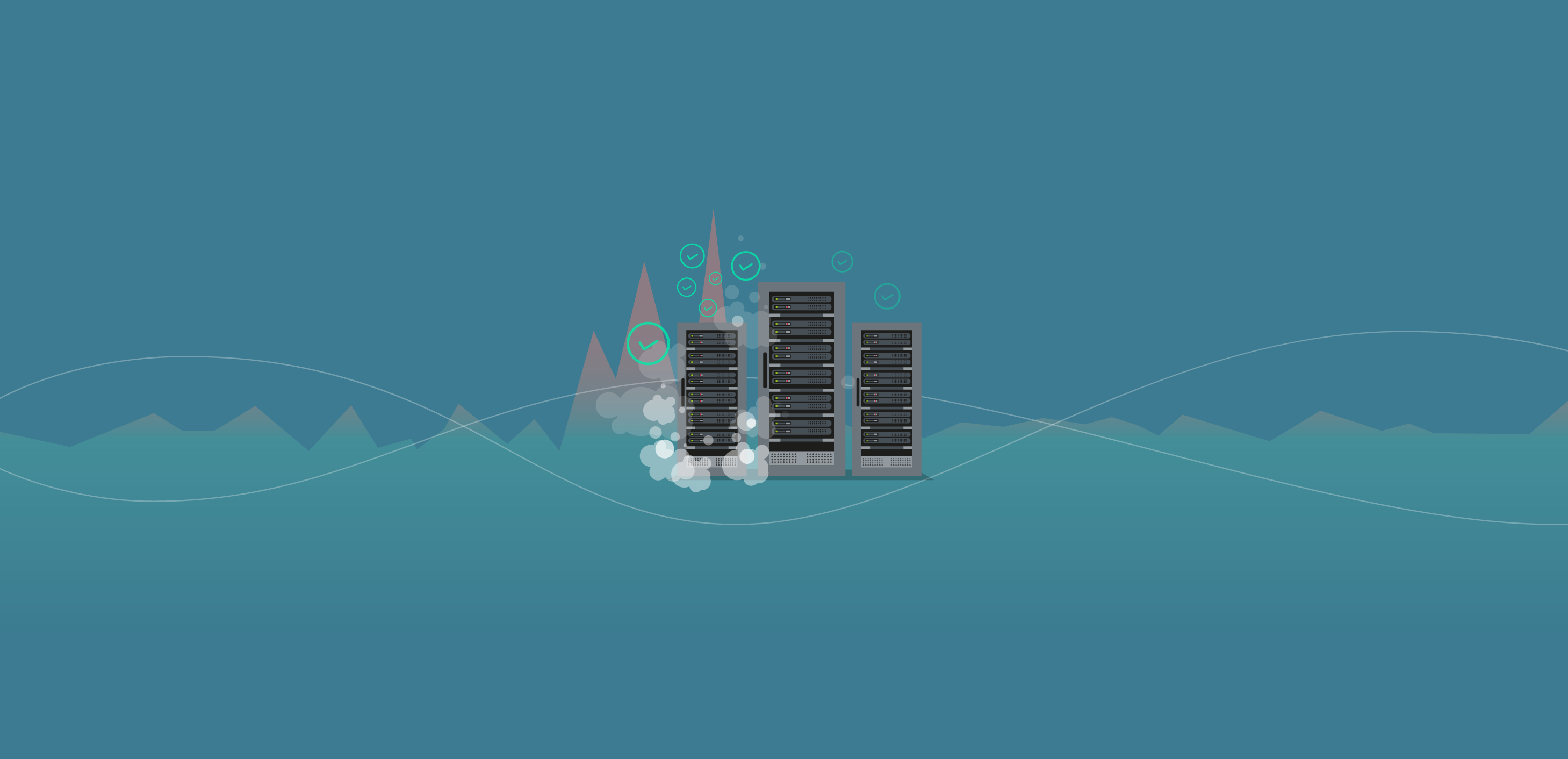
Today’s enterprises rely on databases to drive many business-critical processes. With technology at the core of almost every aspect of the business and IT infrastructures that span on-premises, cloud, and hybrid cloud environments, complexity is at an all-time high.
Database availability and reliability are essential to end user satisfaction and business continuity. Because so many enterprise applications and systems work across these heterogeneous infrastructures, it’s critical for DBAs to stay on their toes so they can catch problems with database performance before those problems affect end users or business operations.
DBAs use cloud database monitoring tools for SQL server to find, troubleshoot, and fix issues quickly to maintain high availability and high performance for all databases. The primary areas DBAs monitor to ensure maximum speed and uptime are:
- Queries: Which use the most CPU, which are running slowly, and so on
- Session details: Number of current user connections, locks, and similar details
- Scheduled jobs: Anticipated changes in performance when resource-expensive processes are running
- Database performance: Memory, I/O capacity, TempDB, and so on
Tracking the data from these main areas helps DBAs make adjustments to minimize and prevent slow database performance and downtime, which makes reporting capabilities a factor to consider when selecting a database monitoring solution. The ability to track key metrics over time and generate comprehensive reports that show database utilization and capacity issues will help you proactively address performance weak spots.
SQL Server Cloud Database Monitoring Tools for Today’s IT Infrastructures
Modern SaaS monitoring tools have revolutionized SQL Server monitoring with customizable alarms and mobile monitoring capabilities that eliminate the need for DBAs to make the dreaded 3 a.m. trip to the office. But the value of these tools doesn’t end there. Cloud-driven monitoring tools provide a level of usability, flexibility, and security unmatched by their on-premise predecessors.
Reliability
SQL Server monitoring tools housed in the cloud are on the job 24/7. Because they aren’t running on-site, these monitoring tools aren’t affected by local outages, weather events, or natural disasters. Cloud-based tools and services also have the benefit of geo-independent server failover, so if the data center where your databases are stored gets hit by a hurricane or impacted by a security event, your data will automatically fail over to an unaffected server.
Simple Scalability
The scalability of cloud-based SQL Server monitoring tools is unmatched. When your SQL Server workload fluctuates significantly, there is no waiting for additional hardware to arrive or paying for on-site storage you don’t need. Cloud-based tools let you pay for what you use, and you can make changes almost instantaneously.
Ease of Deployment
Today’s IT teams wear a lot of hats and wrangle a lot of complexity. SaaS database monitoring tools streamline a lot of the deployment effort and can deploy from almost anywhere. When your IT team isn’t tied up with up-front preparation, testing, and validation, they can focus on higher-priority, higher-value work.
Security
In the beginning, there was a lot of distrust about the security of cloud applications and services. As more organizations embraced the benefits of the cloud, people realized that in reality, cloud service providers have security dialed in.
The big cloud providers, including Microsoft, Amazon, and Google, have very deep pockets that pay for highly secure data centers. These data centers provide the highest levels of physical security and cybersecurity available. They also have the resources to commit to frequent software updates and automatic patching—security measures most companies struggle to stay on top of.
Flexibility
IT infrastructures are all over the place right now. Some organizations have gone all in on the cloud, whereas others are sticking with on-premises either because “they’ve always done it that way” or because compliance and regulatory requirements say that they have to. Other organizations have a foot in both camps.
SaaS database monitoring tools can handle whatever infrastructure combo you throw at them: cloud, on-premise, or hybrid.
Types of SQL Server Database Monitoring Tools: Free vs. Paid
In a time when everyone is trying to do more with less, budget will likely play a role in your decision-making. Database monitoring tools come in a lot of flavors—including free and paid—but they aren’t all right for your organization.
Free database monitoring tools sound great, because who doesn’t love free stuff? But before you dive in, you need to understand what you are signing on for.
Some free tools limit the number of servers you can monitor, or they offer a “premium” version of the tool that comes with a lot of desirable features that aren’t available in the free version. Some vendors, like Spiceworks, have adopted an ad-supported model. The monitoring software is free, but you will have sponsored advertising running in the sidebar.
Paid and subscription-based database monitoring tools usually offer tiered pricing with different features for a variety of budgets.
Some paid-tool vendors, like Spotlight Cloud, want you to love the database monitoring solution you buy, so they offer robust free trial offers so you can evaluate the product before buying.
Cloud-driven database monitoring tools are flexible, scalable, secure, and easy to use. SQL Server database monitoring is a valuable part of your quality strategy, so it’s important to weigh all of your options before deciding on a solution. Taking time to understand your organization’s specific needs and business goals when it comes to database performance monitoring will save you a lot of time and money in the long run.








